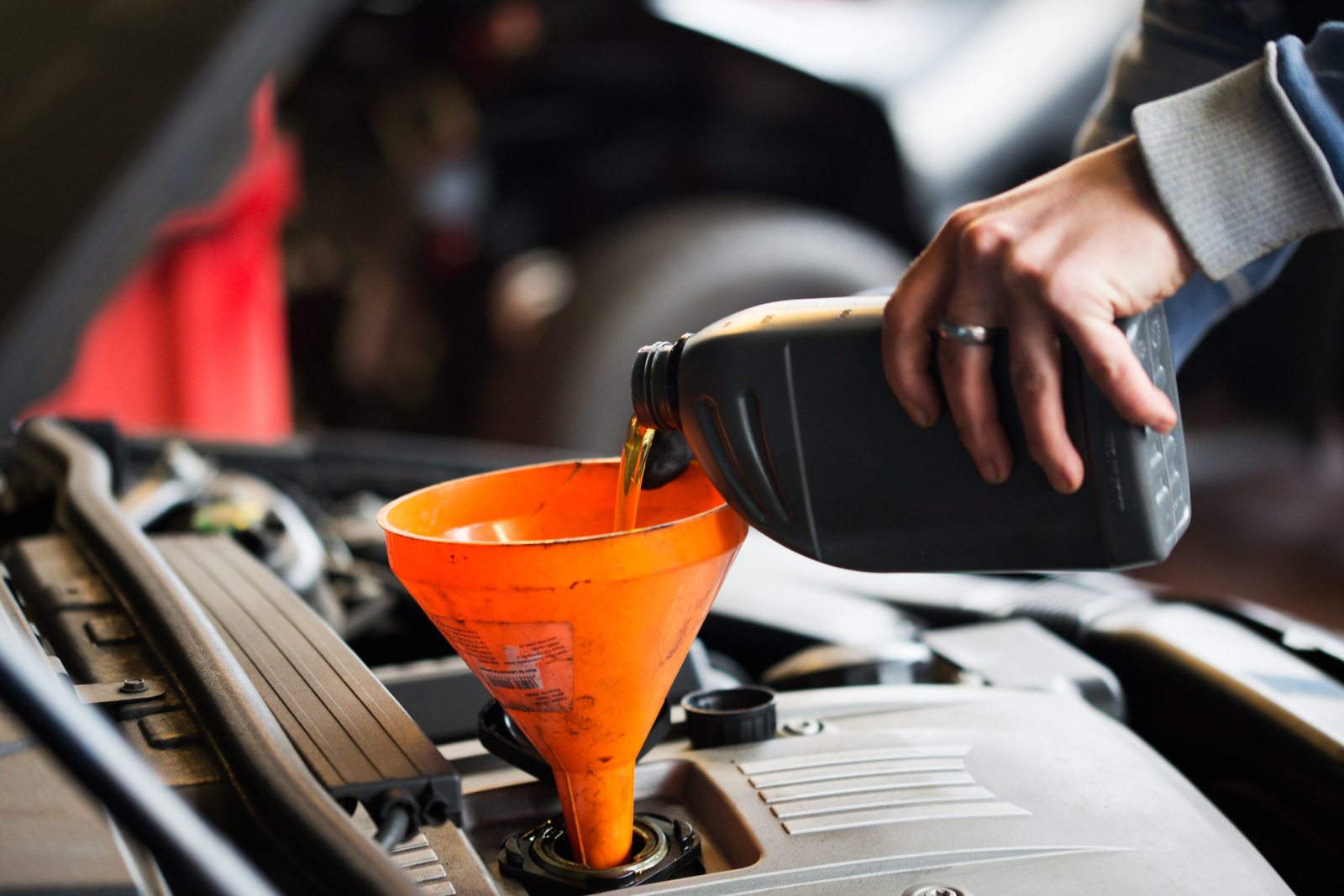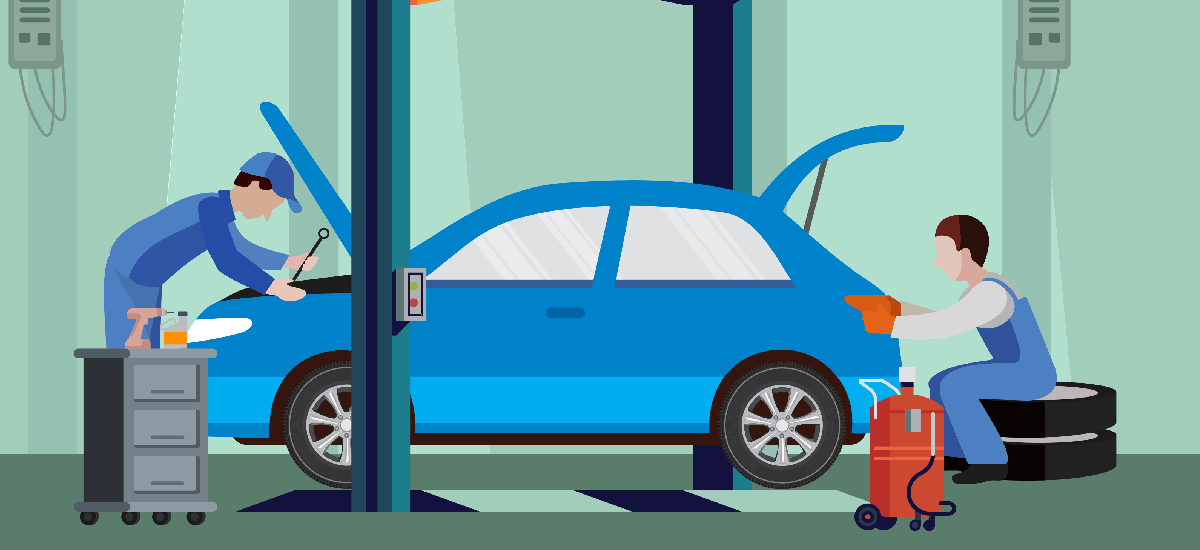All Categories
Featured
When it comes to automobile upkeep, tires are often ignored, despite being an important aspect in both security and performance. Recognizing how to choose the appropriate tires for your lorry calls for knowing your driving problems, performance requirements, and the various tire options available.
![]()
All-Season Tires: These are the most typical type, created for a range of driving conditions, including completely dry and wet roadways. They provide a well balanced efficiency, making them a good choice for daily driving in regions with modest environments.
Summer Tires: Ideal for warmer environments, summer season tires give outstanding efficiency on dry and damp roadways, offering exceptional traction and handling. They are not appropriate for snowy or icy conditions.
Wintertime Tires: Wintertime tires are specifically made to handle snow, ice, and freezing temperatures. Made from an unique rubber substance that remains adaptable in chilly weather condition, they include deep footsteps that hold the roadway, offering much better control and security in wintertime problems.
Efficiency Tires: For those driving sports cars and trucks or searching for boosted handling, performance tires provide greater responsiveness, collaring capacities, and improved grip. These tires focus on performance yet may sacrifice comfort and durability.
225: The width of the tire in millimeters. 50: The aspect proportion, or the elevation of the sidewall as a percentage of the tire's width. R: Radial construction, which is the most common layout for contemporary tires. 17: The size of the tire in inches, matching the size of the wheel. When changing your tires, it's normally best to match the initial dimension for your vehicle to maintain the desired equilibrium of safety, handling, and comfort. Altering tire dimensions can affect performance, consisting of speedometer precision and fuel efficiency.
![]()
Urban and City Driving: If the majority of your driving occurs on well-paved city streets, all-season tires are normally the best alternative. They give ample grasp and convenience in moderate conditions, with a concentrate on effectiveness.
Highway Driving: For frequent freeway motorists, tires that offer durable resilience and low road sound, such as visiting tires, are perfect. These tires give a smooth trip and are maximized for fuel performance over cross countries.
Off-Road Driving: If you drive an SUV or vehicle and frequently venture off the beaten track, you'll need tires developed for sturdy surface. All-terrain or mud-terrain tires supply much better grip and sturdiness for driving on gravel, mud, or unpaved roads.
Symmetrical Footstep: A lot of all-season tires feature an in proportion walk pattern, which supplies a well balanced performance for normal driving problems. It's ideal for completely dry roadways, along with modest damp problems.
Unbalanced Tread: These tires have different tread patterns on the outdoors and within, enhancing cornering and stability. They use a better grip on both completely dry and wet roads, making them a prominent choice for efficiency lorries.
Directional Tread: Designed with a V-shaped pattern, these tires succeed at channeling water away from the tread. They supply better traction in rainy and snowy problems, reducing the risk of hydroplaning.
Inspecting Tire Stress: Underinflated tires can adversely affect handling and gas efficiency, while overinflated tires can enhance the threat of blowouts. Inspect the tire pressure regularly and guarantee it fulfills the producer's specs.
Tire Rotation: To make certain even use, tires should be rotated every 6,000 to 8,000 miles. Unequal wear can create early tire failure and influence your automobile's positioning and handling.
![]()
Wheel Positioning: Misalignment can trigger your tires to wear erratically and negatively impact your automobile's handling. Have your lorry's alignment examined on a regular basis, especially if you observe pulling to one side.
Conclusion. Selecting the ideal tires is a crucial decision that affects your car's performance, performance, and security. Whether you require all-season tires for day-to-day driving, winter tires for snowy conditions, or performance tires for much better handling, understanding your requirements is crucial to making the right option. Normal tire maintenance is likewise crucial for maintaining your tires in optimal condition. By meticulously taking into consideration these factors, you can make certain a smoother, more secure, and more reliable driving experience.

- Understanding Tire Types. The first action in picking the ideal tire is comprehending the various types and their functions. Each sort of tire is crafted for specific problems, so understanding which one fits your demands is essential.
All-Season Tires: These are the most typical type, created for a range of driving conditions, including completely dry and wet roadways. They provide a well balanced efficiency, making them a good choice for daily driving in regions with modest environments.
Summer Tires: Ideal for warmer environments, summer season tires give outstanding efficiency on dry and damp roadways, offering exceptional traction and handling. They are not appropriate for snowy or icy conditions.
Wintertime Tires: Wintertime tires are specifically made to handle snow, ice, and freezing temperatures. Made from an unique rubber substance that remains adaptable in chilly weather condition, they include deep footsteps that hold the roadway, offering much better control and security in wintertime problems.
Efficiency Tires: For those driving sports cars and trucks or searching for boosted handling, performance tires provide greater responsiveness, collaring capacities, and improved grip. These tires focus on performance yet may sacrifice comfort and durability.
- Tire Dimension Issues. Tire dimension is among one of the most crucial variables to think about when selecting new tires. Tire size is suggested by a collection of numbers printed on the sidewall, such as "225/50R17." Here's how to review them:
225: The width of the tire in millimeters. 50: The aspect proportion, or the elevation of the sidewall as a percentage of the tire's width. R: Radial construction, which is the most common layout for contemporary tires. 17: The size of the tire in inches, matching the size of the wheel. When changing your tires, it's normally best to match the initial dimension for your vehicle to maintain the desired equilibrium of safety, handling, and comfort. Altering tire dimensions can affect performance, consisting of speedometer precision and fuel efficiency.
- Driving Problems and Tire Efficiency. Where you drive and just how you drive plays a considerable duty in figuring out the best tire for your automobile. Here's what to think about based upon your driving habits:

Urban and City Driving: If the majority of your driving occurs on well-paved city streets, all-season tires are normally the best alternative. They give ample grasp and convenience in moderate conditions, with a concentrate on effectiveness.
Highway Driving: For frequent freeway motorists, tires that offer durable resilience and low road sound, such as visiting tires, are perfect. These tires give a smooth trip and are maximized for fuel performance over cross countries.
Off-Road Driving: If you drive an SUV or vehicle and frequently venture off the beaten track, you'll need tires developed for sturdy surface. All-terrain or mud-terrain tires supply much better grip and sturdiness for driving on gravel, mud, or unpaved roads.
- Tire Footstep Patterns. Tire step patterns impact just how your vehicle holds the roadway, specifically in unsafe or wet conditions. Comprehending walk design is key to guaranteeing risk-free handling:
Symmetrical Footstep: A lot of all-season tires feature an in proportion walk pattern, which supplies a well balanced performance for normal driving problems. It's ideal for completely dry roadways, along with modest damp problems.
Unbalanced Tread: These tires have different tread patterns on the outdoors and within, enhancing cornering and stability. They use a better grip on both completely dry and wet roads, making them a prominent choice for efficiency lorries.
Directional Tread: Designed with a V-shaped pattern, these tires succeed at channeling water away from the tread. They supply better traction in rainy and snowy problems, reducing the risk of hydroplaning.
- Tire Upkeep for Longevity. It's vital to preserve them correctly to expand their lifespan and make sure ongoing performance as soon as you have actually picked the right tires. Routine tire maintenance includes:
Inspecting Tire Stress: Underinflated tires can adversely affect handling and gas efficiency, while overinflated tires can enhance the threat of blowouts. Inspect the tire pressure regularly and guarantee it fulfills the producer's specs.
Tire Rotation: To make certain even use, tires should be rotated every 6,000 to 8,000 miles. Unequal wear can create early tire failure and influence your automobile's positioning and handling.

Wheel Positioning: Misalignment can trigger your tires to wear erratically and negatively impact your automobile's handling. Have your lorry's alignment examined on a regular basis, especially if you observe pulling to one side.
- Seek advice from a Specialist. While you might have a general understanding of the sorts of tires readily available, it's always a great idea to speak with a tire professional. They can give skilled suggestions based upon your certain automobile version, driving problems, and performance demands.
Conclusion. Selecting the ideal tires is a crucial decision that affects your car's performance, performance, and security. Whether you require all-season tires for day-to-day driving, winter tires for snowy conditions, or performance tires for much better handling, understanding your requirements is crucial to making the right option. Normal tire maintenance is likewise crucial for maintaining your tires in optimal condition. By meticulously taking into consideration these factors, you can make certain a smoother, more secure, and more reliable driving experience.
Latest Posts
Picking the Right Monitoring Account for Your Requirements
Published Apr 19, 25
1 min read
Auto Repair Services: Professional Vehicle Care & Fixes !
Published Apr 19, 25
2 min read
Audio-Visual Services for Unforgettable Events
Published Apr 19, 25
1 min read